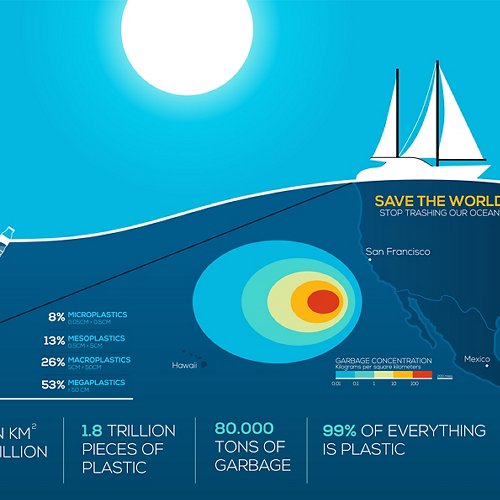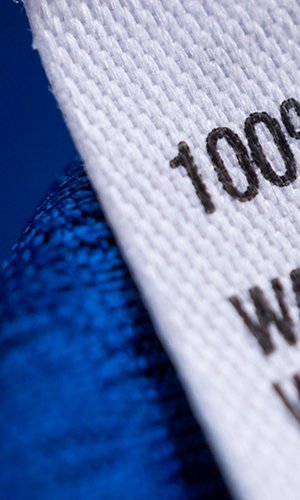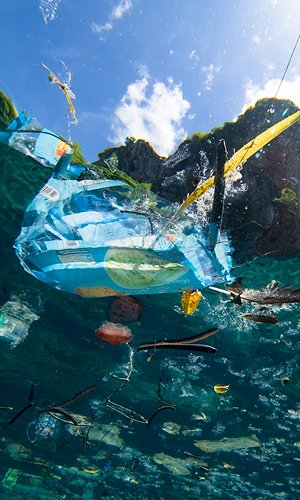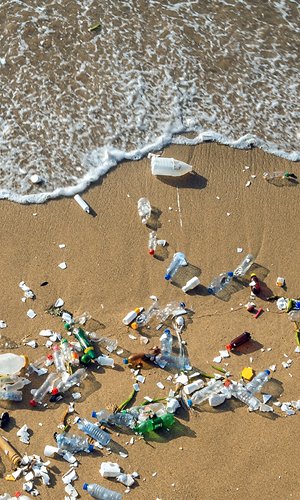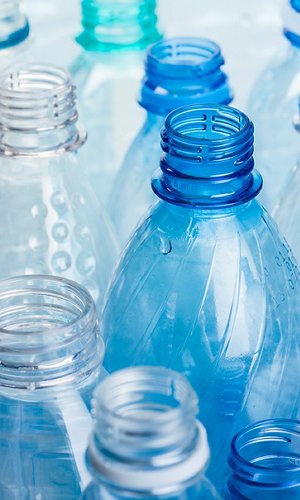Sea currents and winds transport tonnes of plastic from the coast to the open sea every day and then channel it into ocean gyres, where plastic islands form. There are six floating plastic islands in the oceans: two in the Pacific, two in the Atlantic, one in the Indian Ocean and a smaller one recently spotted in the Arctic Ocean.


